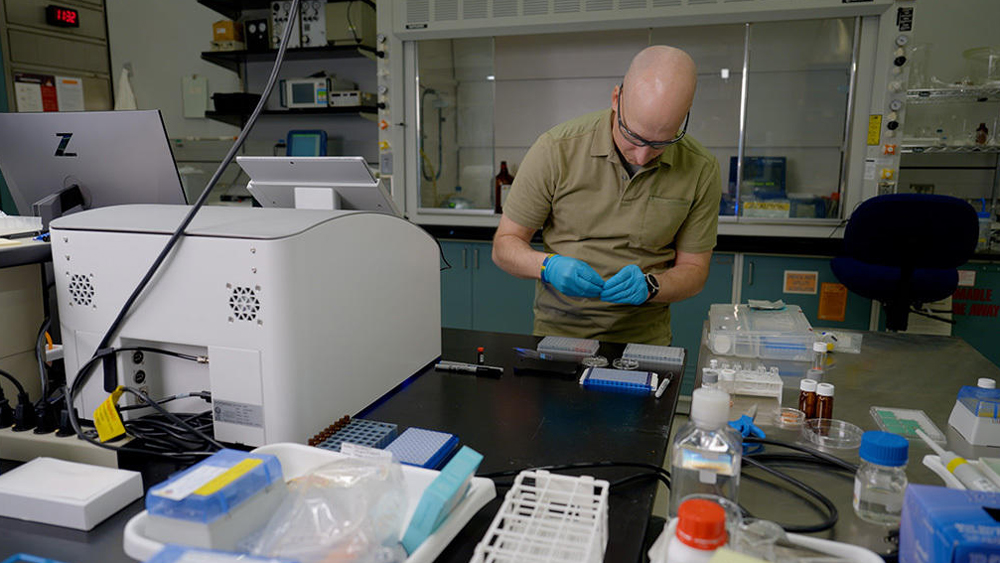NIST researcher Thomas P. Forbes is working to ensure 3D drug printers work as designed. Credit: R. Eskalis/NIST
Here are just a few potential advantages of 3D drug printing—a new system for manufacturing drugs and treatments onsite at pharmacies, healthcare facilities, and other remote locations: chocolate-flavored pills for children who hate taking medicine; several drugs combined into one daily pill for seniors who have trouble remembering to take their medications; and drugs printed at your local pharmacy with personalized dosages that best suit your health needs.
|
ADVERTISEMENT |
In 2015, the U.S. Food and Drug Administration approved the first 3D-printed drug, spritam (levetiracetam), for epilepsy. Several other manufacturers and drug companies are developing their own.
But the widespread adoption of 3D drug printing will require stringent quality control measures to ensure that people get the right medication and dosage. Even a tiny mismeasurement of a drug’s ingredient during the printing process could endanger a patient’s health.
…

Comments
next big step ?
1. I'm stunned every day by the creativity of mankind. Haking inkjet printers to help people receiving their drugs ! I would never have thought about that.
2. The "next big step" will not only be the confirmation that the correct amount of drug has been printed. Il will include the competency in analytical measurement of the one using the printers. We know that quality management in medical laboratories is not an easy game to play. What about the analytical skills of a nurse, a medical doctor or a pharmacist ? What about all the necessary burden of metrology, maintenance, traceability - and the associated costs ? And is the regulation ready to accomodate those changes ? I'm not a specialist in CFR requirements or in FDA policies, but here in European Union, such a way of producing drugs would be unlawful (so far).
Add new comment